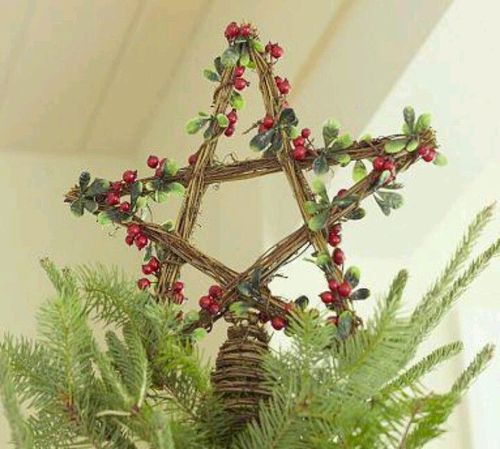Well, I haven’t been disappointed. This year is the same as every other year. It has become the norm for some Christians to express their belief that Christmas trees decorated in all their splendor with ornaments and lights is idolatry. They generally like to use a passage from Jeremiah as support for their disapproval:
“Do not learn the ways of the nations or be terrified by signs in the sky, though the nations are terrified by them. For the customs of the peoples are worthless; they cut a tree out of the forest, and a craftsman shapes it with his chisel. They adorn it with silver and gold; they fasten it with hammer and nails so that it will not totter” ( Jeremiah 10:2–4).
Although this passage may appear to our modern day eyes as an incredible description of Christmas trees dated from the sixth century BC, one must consider the context in which this passage is found. Viewing the passage within the historical and biblical context of where it has been placed takes away any possibility for this text to be interpreted in this way.
The verse directly following this passage prevents this possibility: “Like a scarecrow in a melon patch, their IDOLS cannot speak; they must be carried because they cannot walk” ( Jeremiah 10:5, emphasis mine). The description Jeremiah gives of a tree cut down from the forest being decorated with silver and gold and stabilized with the proper tools so it would not sway and fall over, clearly shows a reference to wooden idols, NOT Christmas trees.
As a matter of fact, Christmas trees began in Germany two thousand years after Jeremiah condemned idols made by the hands of men. Over time Christmas trees developed from two early Christian traditions. One was called a “paradise tree” which was decorated with apples in order to remind us of the tree of life in the Garden of Eden. The other was a shelf built in the shape of a triangle which held Christmas figurines decorated with a star. At some point in the sixteenth century, these two symbols were brought together and developed into the present Christmas tree tradition we know and use today.
With this being the case, the truth is that the Christmas tree started out as a unique Christian symbol and can still be used by Christians today as part of their Christmas celebration. However, Christmas trees are not necessary for Christmas. Of course, Christian holiday celebrations can be carried out without a tree decorated with ornaments. Like all symbolic items that assist us in our worship, and cause us to ponder on and celebrate Christ, like the bread and wine/juice of communion, water baptism, crosses, artwork, etc., we must never allow Christmas trees to be a substitute for where it is they point, specifically, God’s eternal redeeming plan from the fall in Paradise to salvation in Christ by grace through faith.
Hopefully, instead of painting Christianity as cultic and odd by dogmatically opposing the Christmas tree, one will take the opportunity this year to be reminded of Christ by the Christmas tree. Why not use this open door opportunity to explain the symbolism of the Christmas tree to a neighbor or friend who is not a believer. Perhaps this can lead into a conversation which discusses and explains the reason we celebrate during this season. The Christmas tree is not, nor was it ever intended, to be a substitute FOR the Savior. Instead, it is a symbol which points TO the Savior.
[Guest Post by Dr. Jeff Hagan, President at True Grace Ministries and Theological Institute]











